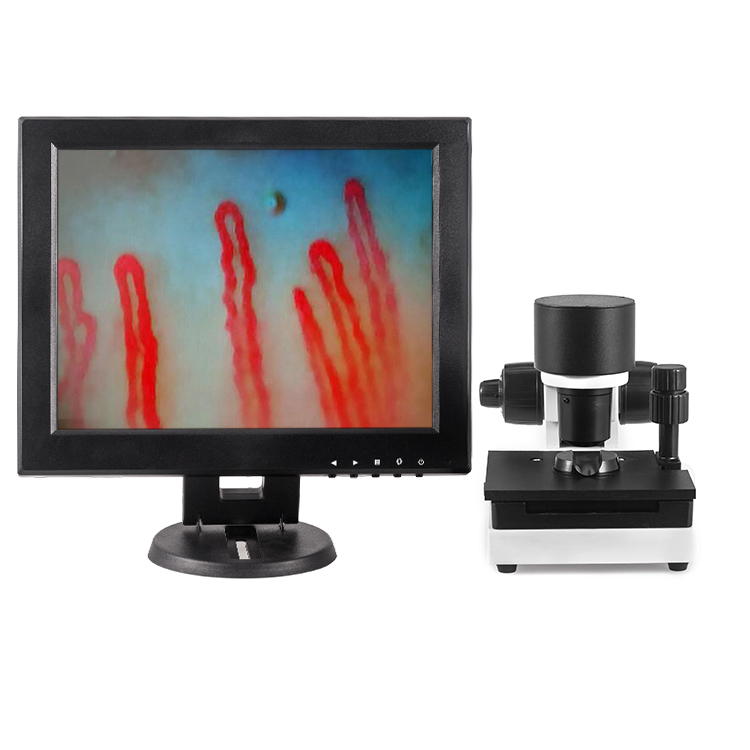Litchi should be grafted and changed in time
The best time for grafting litchi grafts is 3-5 months, and management can be followed by good results next year. The fruit growers should seize the opportunity to do a good job of grafting and changing litchi. First, choose the best time. For the one-year grafting of lychee, both spring and autumn can be grafted. It is better to use spring and early summer 3-5 months. If the number of grafted varieties is small, sunny days should be chosen for grafting. If the number of grafted varieties is greater, it can be carried out in March-May and autumn. However, it must be ensured that the day of grafting is sunny and that grafting can be ensured, and the cold and rainy weather cannot be grafted and changed. Second, cultivate full scion. Before grafting, scion culture should be performed on the trees that are ready to cut the scion, and the fertilizer can be applied 15-20 days in advance to promote fullness of the buds. The trees with a crown diameter of 2-4 meters can be applied with 1.5-2.5 kg of urea and 100 kg of urea diluted with water to the tree tray. In the event of rain, they can also be sprinkled on the tree tray with water after the rain. If the last shoot of the tree that is to be scissored is weaker, it is better to cut off the tip of the last shoot as a scion. When the cultivated scion buds germinate into buds, that is, when the "white spots" are seen at the leaf axils, scion grafting can be carried out. Third, scientific grafting operations. Grafting and grafting of lychee requires the transformation of the lychee, which needs to be transformed, into a new shoot, a mature shoot, and a grafted shoot. Grafting method can use "lap" and "cut" two. If the size of the scion and the rootstock are the same, the use of “lapping†is easy to survive, and the interface is well-healed, and the phenomenon of incompatibility between the scion and rootstock is rarely observed. If the scion is smaller than the rootstock and the difference is larger, "cut joint" can be used, and the unilateral formation layer is easy to align. When cutting the interface between the scion and the rootstock, the slope of the interface should be smooth, and the slope of the scion should be slightly longer than that of the rootstock to prevent gaps from forming when attaching. Packing should be carried out separately on the interface and the scion. The bandages that are used to bind the interface need to have strong toughness. The tight binding can ensure that the anvil and the panicle stick tightly and stick to each other, facilitating the healing of the anvil and ear. The waterproof membrane used to wrap the scion is preferably a kind of poor toughness, which is conducive to automatically pierce the waterproof membrane when the buds are sprouted. Fourth, careful management after. 1. Prevent ants from harming. Litchi grafted scion waterproof film often accumulates a layer of water droplets, especially when the temperature is higher when the formation of more water droplets. Ants like to bite the membrane to absorb the water droplets, which may cause the scion to lose water or be washed away by the rain, and reduce the survival rate. To prevent ants from harming, draw a circle with a magical pen on the tree head, or bind the tree head with a strip of cloth soaked in dichlorvos to prevent ants from damaging the waterproof film and scion. 2, appropriate water and fertilizer. After the lychee is grafted and grafted, it is necessary to supply water and nutrients in a timely manner to facilitate the survival of grafting. At present, the orchard that is still dry should be properly applied with water and fertilizer. It is better to use water and fertilization to treat manure, livestock and manure, and to use nitrogen fertilizer such as urea. 4, timely release tied. After lychee is grafted and the scion is pulled out, the rootstock and scion are completely healed and the bandage is released. If the release of the bandage is too easy to be blown by the wind prematurely, decombination will later inhibit the growth of the interface and even cause tumors, affecting normal growth. Untwisting is usually done after the first two, and it is more timely when the straps are slightly concave into the bark. A knife can be used to cut the straps longitudinally along the branches when unwrapping. 5, prevent pests. After lychee grafting and transforming new shoots, 1-2 times of pesticide protection should be sprayed during tender shoot stage. Pesticides are mainly insecticides, which can be combined with foliar spray to promote new shoot growth.
The Nailfold Capillaroscopy Microcirculation Microscope is an advance medical photoelectric apparatus,equipped with built in special LED light source,used mainly in observation on human nail fold capillary microcirculation or term as video Nailfold capillaroscopy,Such as capillary blood flow, abnormal microcirculation of the vascular structure, cell adhesion, through its powerful optical magnification. Undistorted, real time dynamic video streaming via Sony CCD imaging device onto the LCD monitor screen.
Micirculation Microscope Digital Microscope,Micirculation Microscope,Blood Microcirculation Microscope,Microcirculation Microscope Device Shenzhen Guangyang Zhongkang Technology Co., Ltd , https://www.lighttherapymachine.com
3, timely wipe "water buds." After a long period of grafting, the rootstock will grow many buds, commonly known as “water budsâ€. A large number of "water buds" compete with the buds growing on the scion for nutrients, and it is unfavorable to grow fine varieties after grafting and changing, and the "water buds" must be erased in time. After the wiper wipes out, it will be pumped out again, and it will be wiped out several times. 
